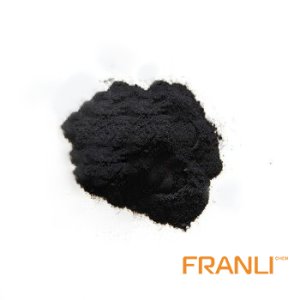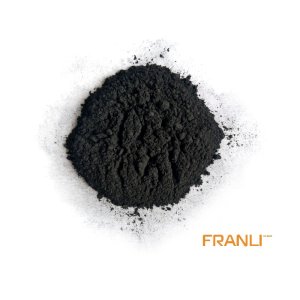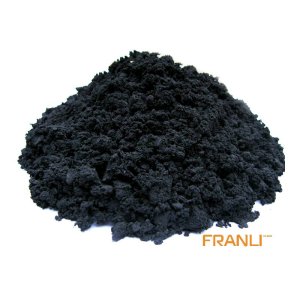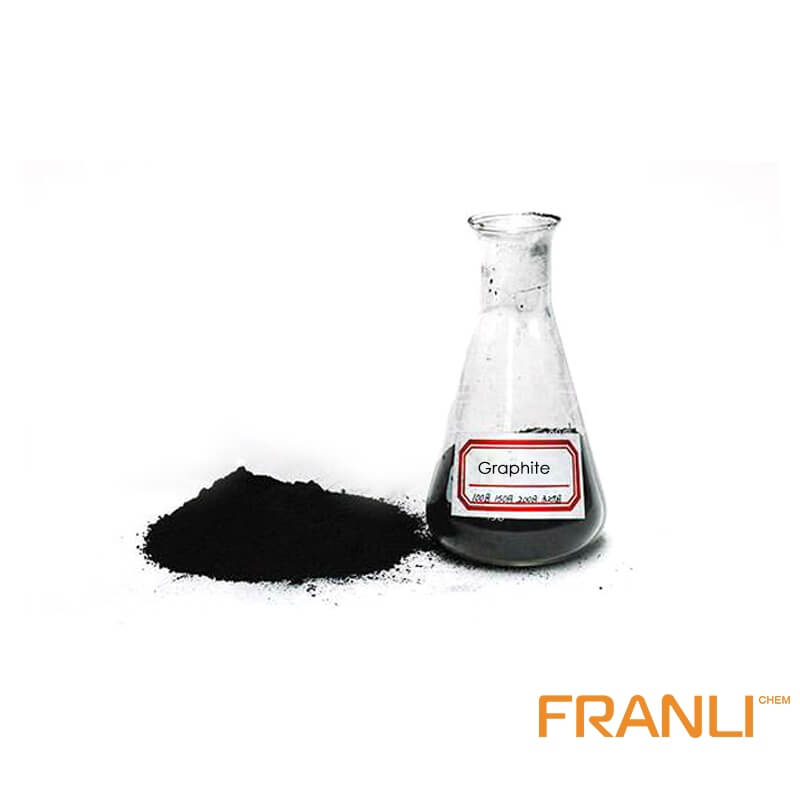
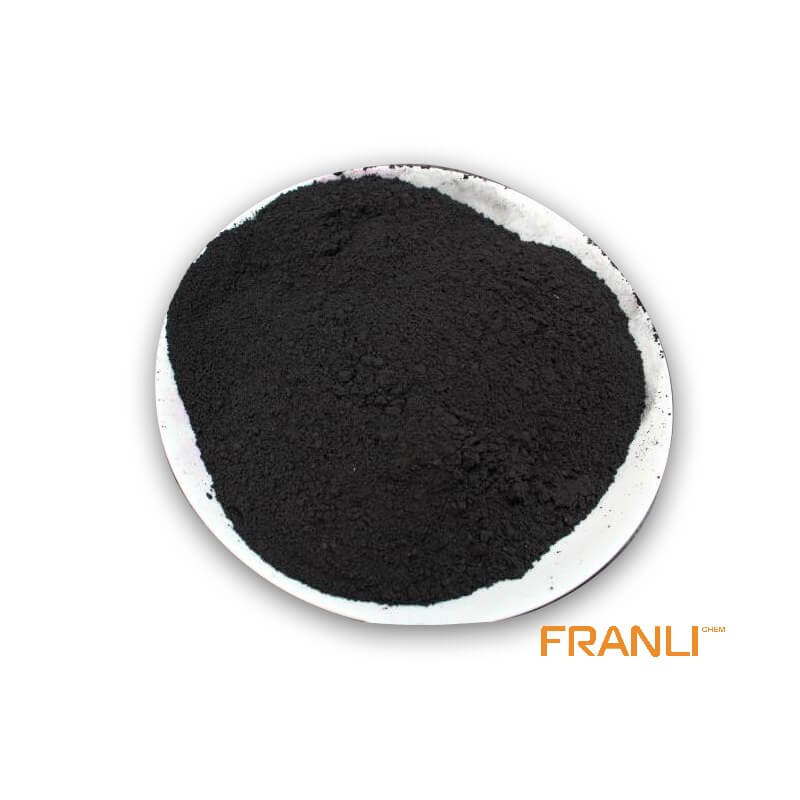
Graphite Powder
Size
1≥60%, etc
Package
25kg small bags into ton bags or ton bags
Features
High temperature resistance, conductivity and thermal conductivity, etc.
Application
As refractory material, conductive material and wear-resistant lubricating material, etc.
Graphite powder is a widely used industrial material, which is obtained from high-purity graphite after crushing, grinding, and screening. The classification of graphite powder is mainly based on the particle size, ranging from 50 mesh to 30000 mesh. The larger the mesh, the finer the particle size, and the higher the price.
Request a quote
Pure natural graphite powder and artificial graphite powder are generally used in price, performance, and materials. Although both of them are used in industrial production, they have outstanding differences.
The difference between pure natural graphite powder and artificial graphite powder is as follows:
Differences in materials
The natural flake graphite can be made into lithium cells by rough processing and graphite sheet by fine processing. Artificial graphite carbonizes the insulating layer sheet, and then adds graphite powder on both sides, so the cost is high and the output is relatively small.

Differences in performance
Although most of them are used in tablets and intelligent computers. However, due to the price advantage of pure natural flake graphite, it is mostly used in low-end smart computers.
Differences in production methods
Pure natural flake graphite powder needs to be mined, dried, purified, and broken; Artificial flake graphite is a commodity for the graphitization of petroleum coke.
Difference of crystal structure
Natural graphite: the crystal development is relatively perfect, the graphitization degree of flake graphite is more than 98%, while the graphitization degree of natural microcrystalline graphite is usually less than 93%. Artificial graphite: the degree of crystal development depends on raw materials and heat treatment temperature. Generally speaking, the higher the heat treatment temperature, the higher the degree of graphitization. At present, the graphitization degree of synthetic graphite is usually less than 90%.

The difference in physical form
Natural graphite: usually in the form of powder, can be used alone, but usually combined with other materials.
Artificial graphite: there are many forms, including powder, fiber, and block, while the narrow sense of artificial graphite usually blocks, which needs to be processed into a certain shape.
Differences in physical and chemical properties
In terms of physical and chemical properties, natural graphite and artificial graphite have both similarities and differences in properties. For example, both natural graphite and artificial graphite are good conductors of heat and electricity, but for graphite powder with the same purity and particle size, natural flake graphite has the best heat transfer and conductivity, natural microcrystalline graphite takes the second place, and artificial graphite has the lowest. Graphite has good lubricity and plasticity. Natural flake graphite has perfect crystal development, low friction coefficient, the best lubricity, and plasticity, followed by dense crystalline graphite and cryptocrystalline graphite, and artificial graphite is poor.

